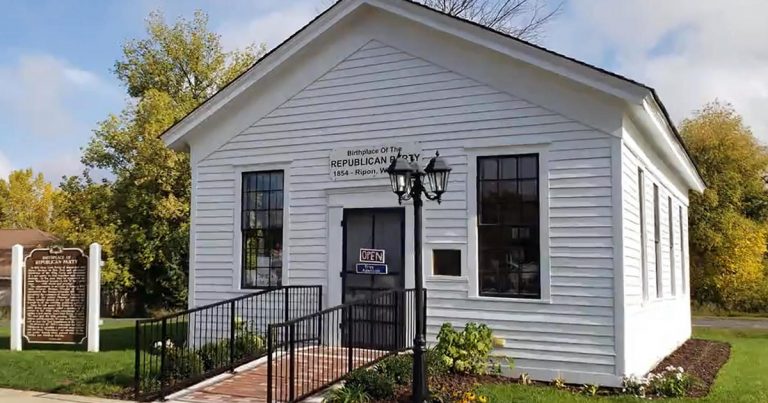The government can help lower home costs more than you realize.
Homeownership in the United States has become increasingly unattainable for many Americans due to soaring costs. The median home price has recently hit a historic high of $420,800, making it a pressing issue as we approach the November election. Affording a typical home now requires an annual income of $114,000, almost double what was necessary in 2020 and significantly above the 2022 median household income of $74,580.
The skyrocketing prices are driven by a combination of higher home prices and interest rates. Mortgage rates have surged beyond 7%, surpassing levels not seen since 2001. The Federal Reserve, tasked with setting interest rates independently, has been increasing rates since 2021 to combat inflation.
So, what actions can the federal government take to make homeownership more accessible? Experts suggest several strategies that the Biden administration and Congress could consider:
Provide tax benefits for builders of entry-level homes:
Experts emphasize the need to increase the housing stock, particularly smaller, starter homes, to address the supply shortage. Builders are currently more inclined to construct larger, more profitable homes, resulting in a lack of affordable options for first-time buyers. To incentivize the construction of entry-level homes, experts propose offering tax cuts to builders who develop residences below the median home price.
This approach aims to make building homes in the affordable market segments more financially attractive for developers. However, achieving bipartisan support on such initiatives in the current legislative environment may present challenges.
Withhold funding from localities that resist zoning law changes:
While most zoning decisions lie within the realm of state and local governments, the federal government can influence zoning practices through funding conditions. By tying federal financial support to zoning decisions that favor denser housing, policymakers could encourage localities to adopt more housing-friendly regulations.
Although this approach is likely to face resistance from local governments and unions, states have made progress in enacting legislation to supersede restrictive zoning rules, paving the way for more housing options.
Sell federal land for housing projects:
The proposal to sell underutilized federal land for housing development could provide a considerable inventory boost. However, Congress would need to authorize such sales, and opposition from environmental groups and bureaucratic complexities may pose obstacles.
Legislative efforts like Sen. Mike Lee’s HOUSES Act, aimed at facilitating the sale of federal land for below-market rates, highlight the potential for leveraging unused land resources to address housing shortages.
Enhance financing options for manufactured housing:
Manufactured homes, while offering affordable housing solutions, face challenges in securing loans due to stricter regulations and perceived risk factors. To promote access to financing for manufactured housing, experts suggest streamlining HUD regulations and lowering interest rates to align with traditional home loans.
Eliminate tax breaks for secondary homes:
By eliminating tax deductions for non-primary residences, Congress could enhance the national housing supply over time. This measure aims to encourage homeowners with secondary properties to sell, thereby increasing available housing stock without significantly impacting federal finances.
Despite the potential benefits, concerns about political pushback, especially from lawmakers with vested interests in secondary properties, may impede the implementation of such reforms.
Implications of interest rate adjustments on housing costs:
Economists express skepticism about the efficacy of lowering interest rates to alleviate housing affordability issues. While rate cuts could stimulate housing market activity, the impact on home prices would depend on the equilibrium between supply and demand dynamics.
Evaluating policy implications for housing costs:
As election concerns loom, policymakers and experts analyze the potential impact of presidential policies on housing affordability. Proposals from both current and former administrations, along with broader policy decisions, could influence the trajectory of home prices and ownership requirements.
With homeownership costs emerging as a bipartisan concern, the need for comprehensive solutions to address affordability challenges has garnered widespread attention. As the Federal Reserve continues to adjust interest rates, the Biden administration faces heightened scrutiny over its handling of housing affordability issues.
As we navigate the complex landscape of housing affordability, the interplay between economic policies, regulatory frameworks, and market dynamics will shape the future of homeownership opportunities for millions of Americans.








